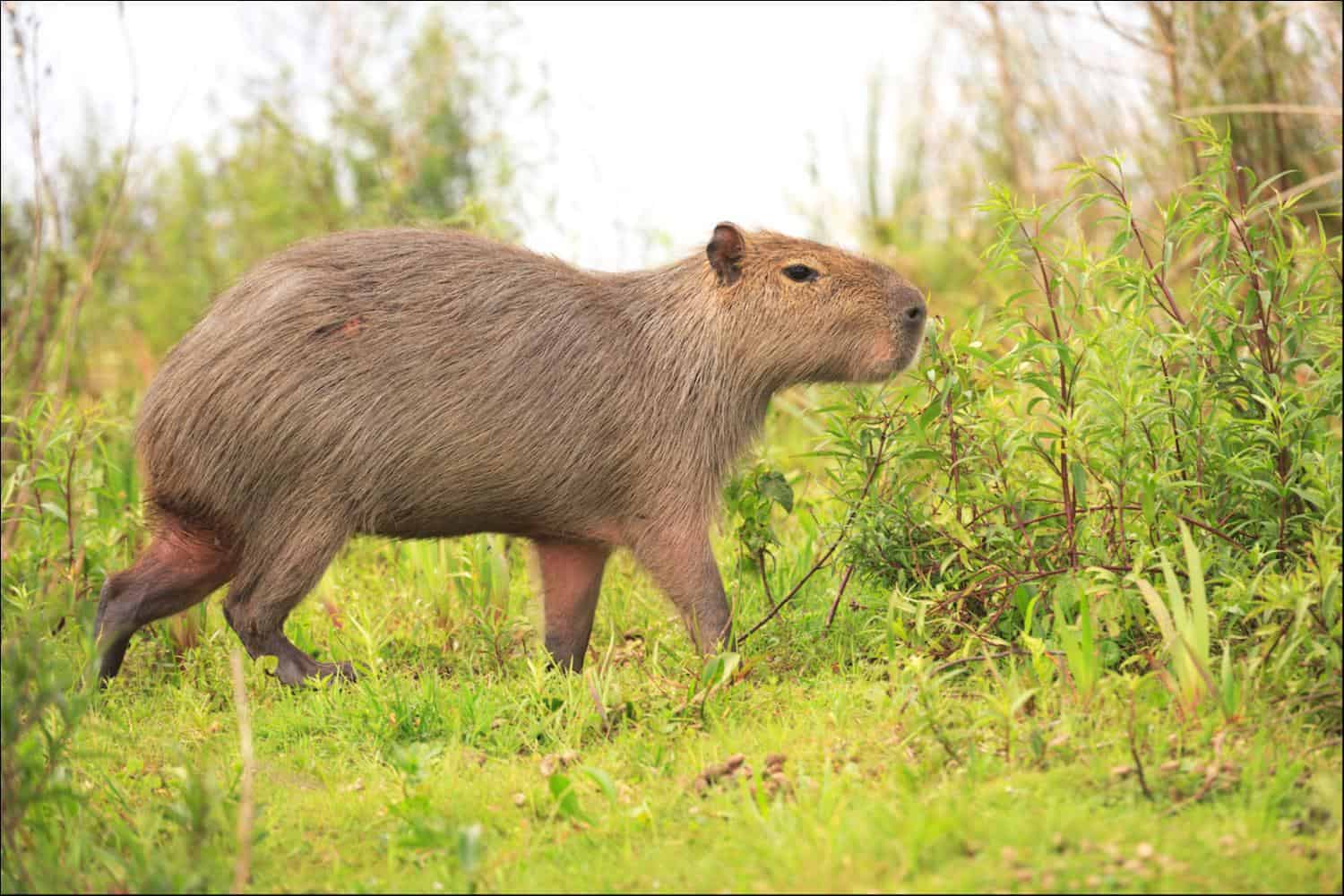


Their territories sometimes overlap with other animals but in those cases they just chase of any intruders and leave it at that. As i said before, they’re herbivores and have no natural prey. Living in herds of around 20 other capybaras, they are extremely sociable animals that quickly become depressed if left alone. These and many other factors contribute to capybaras being one of the most lovable creatures on the planet. They are extremely friendly and don’t particularly care what you do around them, as long as they don’t get hurt. And who can blame them?īeing herbivores, they have absolutely zero prey and therefore don’t particularly pose a threat to any other species. Reconnecting fragmented landscapes could let natural predators control capybara populations, decrease contact with humans and restore an ecological balance, Magioli says.These large herbivores often live in groups of 10-20, making them highly sociable and causing other animals to, well, LOVE capybaras. Comfort around infrastructure means more get hit by cars, and ticks the rodents carry can transmit deadly Brazilian spotted fever to humans. Crop-eating capybaras can get too chunky and suffer poor health, as well as be viewed as pests by farmers for eating or damaging crops. While the flexible diet might mean capybaras have survived some big ecosystem changes, it’s not all good news.

“I think the most impressive feeding behavior of this species is that they can transition between preferred and nonpreferred foods so they can survive in practically any habitat,” Magioli says. But capybaras in more fragmented, urban areas and in the Pantanal, where forests are encroaching into grasslands, munched on trees, vines and even cacti that were available to them, rather than selectively searching out grasses, the team found. The carbon isotopes told the scientists how much grass versus forest plants the animals ate.Īs expected, capybaras with access to crops were eating them up corn and sugarcane are grasses, familiar foods for the rodents. The researchers analyzed carbon isotopes, different forms of carbon that can act as chemical fingerprints, in capybara hairs. The team also sampled two populations in the Pantanal - South America’s massive, flooded grassland. Some animals lived in the bustling metropolis of São Paulo others lived near agricultural fields. So he and his colleagues sampled hair from 210 capybaras in 13 different populations living in natural to heavily modified environments around Brazil. Magioli wanted to know what capybaras around Brazil were eating to survive the shifting landscape. They also amble along roadways and frequent farm fields, which give them easy access to calorie-rich crops. “At the University of São Paulo, you’d see them every day, grazing” on campus, says Marcelo Magioli, an ecologist at Instituto Pró-Carnívoros in Brazil. That success is visible in São Paulo, Brazil’s most densely populated metropolis. “Capybaras eat a lot of grass - we call them grazers - but they can eat other things.” That has set them up for success, she says. “If a species’ diet is pretty specialized, that’s going to constrain their ability to adapt to modified ecosystems,” says Maria Luisa Jorge, an ecologist at Vanderbilt University in Nashville who was not involved in the study.


 0 kommentar(er)
0 kommentar(er)
